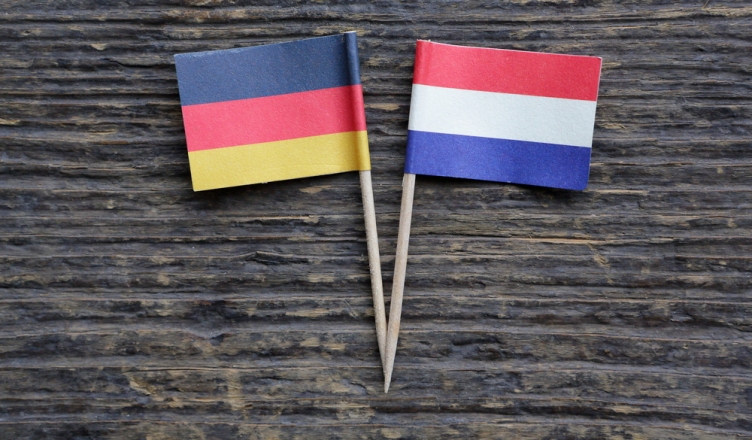Both Dutch and German belong to the West Germanic language group of the Indo-European language family. Since they share common origins and are used in the same geographical area, there should be plenty of similarities between them, yet there are differences too. Both German and Dutch speakers often find it easy to learn and understand the other language due to these similarities. However, each language has its unique features, and so do German and Dutch. There are specific differences between Dutch and German based on pronunciation, grammar, spelling, and vocabulary.
Let’s go through some of the differences between the two languages and see how different they really are. For a more in-depth comparison, see this article about Dutch vs German.
The main difference between Dutch and German lies in their grammar system; Dutch has abandoned the subjunctive form and the case system, unlike German.
Dutch vs. German
- Different vowel sounds: I was informed about this but told that I could mimic the ui sound perfectly when I was concentrated. (It’s like “oy” but said in the face of your mouth)
- G is guttural: In German language, G is like in English go, but in Dutch, it’s the guttural sound such as ch in loch.
Also, ch is guttural in the same style (in the Netherlands, not in Belgium), but has different events in German depending on the dialect.
- Entirely different spelling practices: In Dutch, you must nevermore end a (non-loan) word with two of the identical letter. Even although ga (to go) has an “open” a sound, you can’t write it as gaa. And wil (want, as in German) can’t be written as will. Also ‘c’ is employed in Dutch at the begin of words (certificaat, corrigeren, etc.), and just ever seemed so in loan words in German.
- Capital letters follow more or less the same commands as in English (with some exceptions like days of the week), unlike German which capitalizes every noun.
- Only two genders: German has feminine, masculine, neuter. On the other side, the Dutch have common and neuter, where common agrees to both masculine and feminine. If you now speak German, this indicates that most of the time if you understand the blog in German you understand it in Dutch (das Haus –> het huis). Though, since common is double as likely, you can notice by pretty well at first by figuring it will be obvious until you have determined which words are neuter. And indefinite (a/an) is always “een.” (Edit: one exception to masculine & feminine being the same for nouns that were shown out in the comments is when leading back to nouns using the possessive, such as “De regering en haar leden” though most Dutch people do not use this themselves. Belgians, on the other side, may do it.)
- Different phonetics: oe is the “oo” character in Dutch, sj is the English “sh” sound (unlike in German sch), and slightly confusingly for German speakers, sch is an s sound followed by a ch sound (So Amsterdam’s well-known airport Schiphol is S-[guttural]-ip-hol), w is almost like midway between a German and an English w (v & w) depending on the jargon. And n at the end of words/syllables is not pronounced in many dialects. Such verbs like (gesproken, open, spreken, ziekenhuis, etc. are [lope, spreke, gesproke, ziekehui)].
- Easier plurals: In German, the irregular and entirely different plurals can be quite tricky for learners, but in Dutch, it is consistently -en or -s, and the rules for which to use are easy to learn.
- No cases: This one is excellent news for learners, as it operates precisely like in English, with no instances ever employed to adjectives, articles or nouns. In German you have records of der, die, das… den, die, das… dem, der, dem, etc., but in Dutch langauge, it’s always just de & het (plural always de). No requirement for dative, accusative, genitive, etc. In het huis, over de computer.
- Various end-verb orders: While the second verb does work to the end in several places in both languages, Dutch is much more like English in some instances of the form of these end-verbs, like Hij komt niet, omdat hij vandaag moet werken (He is not coming, because he has to work today). In German, this would have to finish with arbeiten muss, which is reversed. Also in Dutch, in some instances you can do both, while you must do only the second form in a related German sentence: Zij zei dat ze het niet (heeft gevonden)/ (gevonden heeft) (She said that she hadn’t found it).
- Several turns of phrase: tonight/today/this morning are all phrased as “van” (of) the word. vannacht, vanavond, vandaag, [From avond, nacht, da(a)g] and of course several other expressions and loads of vocabulary will be different.
- Use of gaan for future: Like in English you can state “go to” to show the future in Dutch. This is not happening in German, where present tense or future “werden” (will) is applied.

